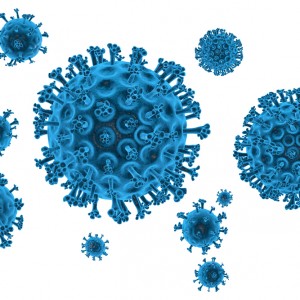 |
Image source: hmri.org.au
|
COPD, or chronic obstructive pulmonary disease, is a progressive inflammatory lung disease that causes obstructed airflow from the lungs. Its symptoms include breathing difficulty, cough, sputum production, and wheezing. Cigarette smoking is its leading cause. Long-term exposure to lung irritants such as air pollutions, chemical fumes, and even dust can also cause COPD. The disease affects more around 24 million Americans and is the third leading cause of death in the country.
Because COPD has no known cure yet, lifestyle changes are recommended to manage the disease. Below are three of the latest management techniques that people with COPD are embracing to cope with their illness:
Digital technologies. Advancements in technology have made it possible for a growing number of companies to offer digital health solutions for COPD management. Most of today’s health technologies, including mobile apps, spot warning signs earlier to reduce costly emergency care. An example is the COPD Navigator, an iOS mobile health app developed by LifeMap Solutions and Mount Sinai – the National Jewish Health Respiratory Institute that helps patients achieve effective self-management of their disease. The app tracks data including symptoms, medication, treatment adherence, and quality of life. Healthcare professionals meanwhile can also use the app to achieve COPD quality-of-care goals. An example would be physicians using the app to send health alerts and reminders to patients.
 |
Image source: webmd.com
|
Mobile devices. COPD patients who experience difficulty in breathing require a constant supply of oxygen. However, this usually means carting heavy cylinders of oxygen behind them. But with the development of portable oxygen devices, patients can carry and “wear” such gadgets without lugging heavy tanks. The lightweight devices also enable patients to go about their daily routine with fewer disruptions.
Chinese exercises. A recent study revealed that COPD patients may benefit from traditional Chinese exercises known as liuzijue qigong (LQG), which consist of traditional Chinese breathing and meditative movements. COPD patients who participated in an LQG program for six months showed marked improvements in their lung function, mental health, and overall well-being after their stint.
Subscribe to this Dr. Lisa Marie Cannon blog for other articles on COPD.



















